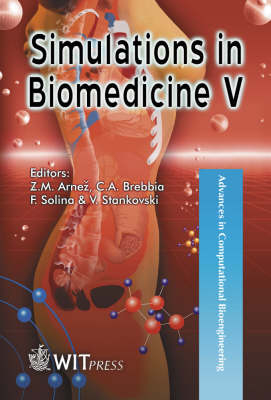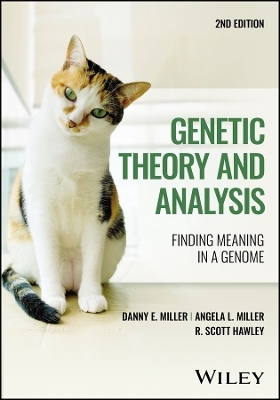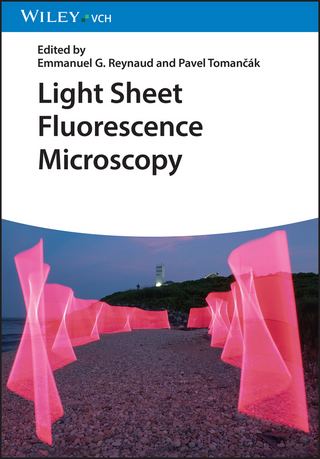
Simulations in Biomedicine
WIT Press (Verlag)
978-1-85312-965-0 (ISBN)
Computer models have become increasingly successful in simulating biological phenomena. The advantages of this approach are numerous, particularly in biomedicine where it has led to a better understanding of the mechanics of physiological processes. The use of computational models has also spread to many applications in medicine, as demonstrated by the contents of this volume. Containing papers presented at the Fifth International Conference on Computer Simulations in Biomedicine, the book covers a broad spectrum of topics on applications in this area. The contributions featured are arranged in sections according to their medical and biological perspective in order to make the contents more accessible to medical professionals.Over 50 papers are included and these are divided under the general headings: Simulation of Physiological Processes; Cardiovascular System (Vascular System; Lung; Cardiac; Applications); Artificial Limbs & Joints - Orthopaedics & Biomechanics; Electrical Stimulation (Functional Electrical Stimulation; Cellular Engineering); Data Acquisition & Computer Vision - Analysis & Diagnostics; Applications of Artificial Intelligence in Medicine; and Virtual & Intelligent Environments.
Section 1 Simulation of physiological processes: On the variation of parameters that characterize the state of a physiological system. Red blood cells as an example; The cardiac cell model at normal and high pacing rates with Markovian representations of gating processes(Computer simulation study); On coupling cellular automata based activation and finite element muscle model applied to heart ventricle modelling; Comparison of different models of orientation selectivity in primary visual cortex; Brain cooling strategies: numerical simulations on a realistic human head geometry. Section 2 Cardiovascular system: vascular system: Stochastic nonlinear dynamics of the cardiovascular system; A heterogeneous approach for modelling blood flow in an arterial segment; MRI based CFD analysis for brain blood flow with IDO-AMR method; Cavitation phenomena in thin films of Newtonian and non-Newtonian fluids due to rapid bubble expansion; Metabolic system dynamics: lumped and distributed models; Advanced cardiovascular physiology studied by applying the equivalent electronic circuit. Section 3 Cardiovascular system - lung: Eulerian multiphase CFD analysis of particle transport and deposition in the human lung; A geometric model analysis of conductive airways in expiratory flow limitation during artificial ventilation; Estimation of respiratory parameters during mechanical ventilation: a simple method taking account of tubing compliance; Fundamentals of alveolar diffusion: impact of microscopic solid particles. Section 4: Cardiovascular system - cardiac: Feasibility study of the dynamic mesh model in FLUENT for fluid-structure interaction of a heart valve; The itramyocardial stress and the mechanics of the left ventricular contraction; Computational haemodynamics of left coronary artery; A modelling study of the cardiovascular response to exercise in patients with mitral stenosis; Index for cardiac dysfunction of left-ventricular filling phase; Equivalent electronic circuit model of cardiovascular system. (part contents)
| Erscheint lt. Verlag | 10.3.2003 |
|---|---|
| Reihe/Serie | Advances in Computational Bioengineering S. ; v. 7 |
| Zusatzinfo | Ill. |
| Verlagsort | Southampton |
| Sprache | englisch |
| Maße | 155 x 230 mm |
| Themenwelt | Medizin / Pharmazie ► Allgemeines / Lexika |
| Medizin / Pharmazie ► Medizinische Fachgebiete ► Biomedizin | |
| Medizin / Pharmazie ► Physiotherapie / Ergotherapie ► Orthopädie | |
| Technik ► Medizintechnik | |
| ISBN-10 | 1-85312-965-8 / 1853129658 |
| ISBN-13 | 978-1-85312-965-0 / 9781853129650 |
| Zustand | Neuware |
| Haben Sie eine Frage zum Produkt? |
aus dem Bereich


